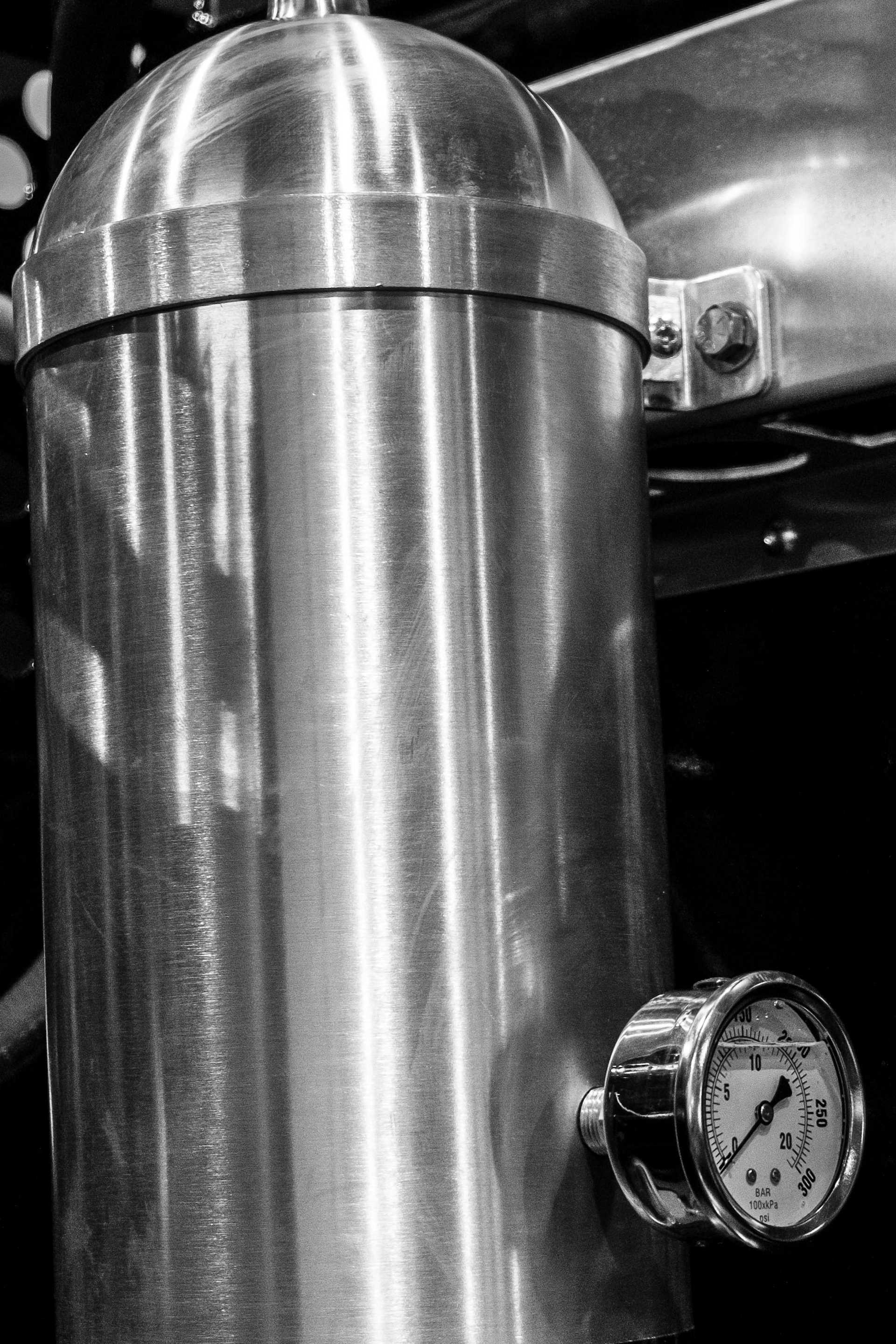Air Receivers
The Essential Guide to Air Receivers: Why You Need Them and How to Optimize Their Use
Air receivers are a crucial component of compressed air systems, serving as a buffer between the compressor and the fluctuating demands of your facility. While your air compressor can technically operate without an air receiver, including one in your system can greatly enhance efficiency, reduce wear on your compressor, and ensure a consistent air supply. Let's dive into the importance of air receivers, their types and sizing, and best practices for installation, maintenance, and integration.
The Purpose and Benefits of Air Receivers
Reduce Load/Unload Cycles An air receiver reduces the frequency of loading and unloading cycles on the compressor, minimizing wear and tear and extending its lifespan.
Buffer Mechanism Acting as a buffer, an air receiver ensures consistent air pressure, which is vital for maintaining the quality and reliability of your production processes.
Space-Saving Solutions Tank-mounted compressors save valuable floor space and reduce installation costs. This setup is ideal for smaller systems, typically up to 26 kW (35 HP). Larger compressors are not suitable for tank-mounted setups due to safety risks.
Types and Sizing of Air Receivers
Types of Air Receivers:
Wet and dry air receivers cater to different applications based on the moisture content in the air.
Proper Sizing:
Basic Sizing Rules
A good rule of thumb is to allow 3-4 gallons per CFM or 10-15 liters per liter/second. This helps accommodate demand fluctuations in your system.
Key Considerations:
Pressure Stability
Properly sized air receivers minimize pressure drops and fluctuations, ensuring consistent production quality.
Peak Demand Management
They store enough air to meet short-term peaks in demand without causing pressure drops.
Energy Efficiency
By enabling longer compressor cycles, air receivers reduce energy consumption and prevent frequent starts.
Safety
In emergencies, a reliable air supply from the receiver allows for safe shutdowns.
Material and Construction
Materials
Common materials include steel and aluminum, chosen for their durability and strength.
Certification
Ensure your air receiver is ASME certified and complies with industry standards to guarantee safety and reliability.
Corrosion Protection
Methods
Use coatings, linings, moisture separators, and aftercoolers to reduce corrosion and extend the lifespan of your air receiver.
Volume and Size Variations
Designs
Vertical and horizontal air receivers serve different applications. Choose the design that best fits your space and operational needs.
Volume Selection
Tailor the volume of the air receiver to the specific demands of your industrial application, beyond basic sizing rules.
Installation Considerations
Placement and Mounting
Proper placement, anchoring, and securing of air receivers are essential for optimal performance and safety.
Maintenance and Inspection
Protocols
Regular inspections are crucial for detecting leaks, corrosion, and ensuring the functionality of pressure relief valves.
Routines
Scheduled maintenance routines help extend the lifespan of air receivers and maintain their efficiency.
System Integration
Components
Integrate air receivers with dryers, filters, and regulators to create a complete and efficient compressed air system.
Automation
Employ monitoring systems to track performance and maintenance needs in real-time.
Application-Specific Recommendations
Customization
Customize air receiver specifications based on industry-specific requirements, such as food processing or pharmaceuticals.
Case Studies
Learn from successful installations in various sectors to optimize your own system.
Environmental Impact
Energy Efficiency
Properly sized and maintained air receivers contribute to energy efficiency and environmental sustainability.
Carbon Footprint
Using air receivers helps reduce the carbon footprint of your compressed air system.
Troubleshooting Common Issues
Problems and Solutions
Address common issues like pressure drops, water accumulation, and valve malfunctions quickly to minimize downtime.
Diagnostic Tips
Follow diagnostic tips to resolve issues effectively and maintain system reliability.
Technological Advancements
Innovations
Stay updated on recent advancements in air receiver design and materials.
Smart Technology
Integrate smart air receivers with sensors and IoT capabilities for real-time monitoring and optimization.
Safety Protocols
Handling and Operation
Follow detailed safety protocols for handling and operating air receivers.
Emergency Procedures
Implement response protocols in case of air receiver failure or accidents.
Pressure Settings and Maintenance
Regular Draining
Daily draining of air receivers prevents corrosion and damage. Automatic drain options like float drains or electronic valves ensure consistent maintenance.
Pressure Settings
Match the air receiver’s pressure rating with the compressor’s output to maintain optimal performance. Use pressure relief valves to prevent over-pressurization.
Do-It-Yourself Air Receivers
Professional Recommendations
Avoid DIY projects due to significant safety risks and legal regulations. Purchase air receivers from reputable manufacturers or professional builders.
Purchasing Tips
Seek advice from compressed air experts to find the best solutions for your needs.
Understanding the vital role of air receivers and implementing best practices for their use can significantly enhance the efficiency, reliability, and safety of your compressed air system. Investing in the right air receiver and maintaining it properly will yield long-term benefits for your operations and contribute to a more sustainable industrial environment.
